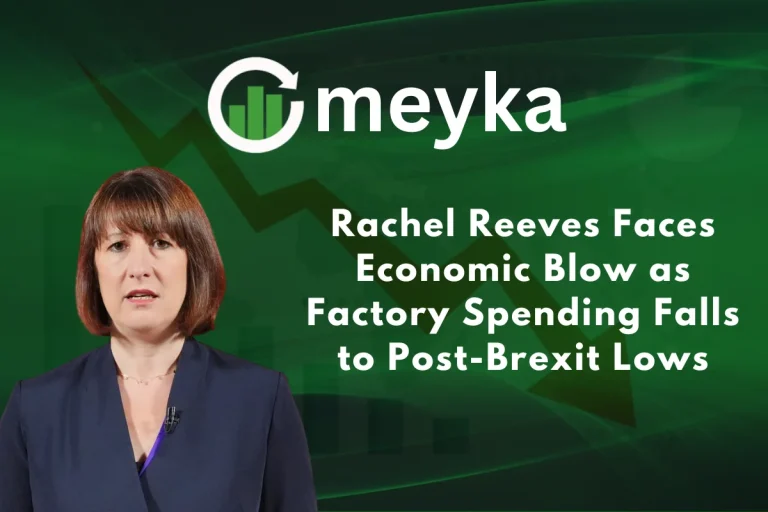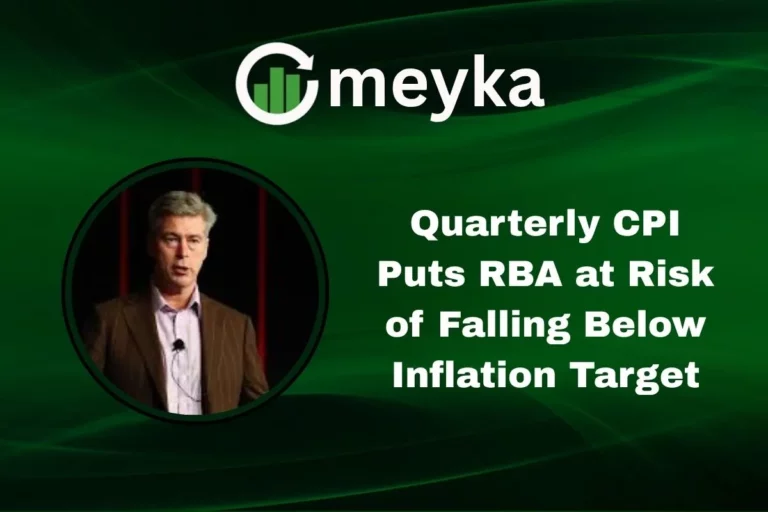Economists Expect Another BOJ Rate Hike Before Year-End
Japan’s central bank is once again in the global spotlight. After ending years of negative interest rates earlier this year, the Bank of Japan (BOJ) is signaling more change. Economists now expect another rate hike before the year closes. This marks a big shift for a country long known for easy money policies.
We know Japan’s economy has been under pressure for decades. Slow growth, an aging population, and deflation shaped its past. But today, things look different. Prices are rising, wages are climbing, and the yen has been sliding. These forces are pushing BOJ to act.
A higher rate could reshape not only Japan’s economy but also global markets. Investors, businesses, and governments are all watching closely. For us, this moment is about more than numbers. It’s about how a single decision in Tokyo can ripple across the world.
Let’s find out why another hike is likely, what it means for Japan, and how the world may respond.
Background of BOJ Monetary Policy
For decades, Japan ran an extremely loose monetary policy. The BOJ used negative rates and massive asset purchases to fight deflation. That stance changed in early 2025 when the BOJ began raising its policy rate from deeply negative territory. The bank also started to reduce some balance-sheet supports and signaled a gradual end to years of easy money.
Officials have mentioned selling part of the ETF holdings as a long-term step to shrink the central bank’s footprint in markets. These moves mark a clear shift from policies that dominated Japan’s economy since the 1990s. The change matters because BOJ policy shapes borrowing costs in Japan and moves of the yen worldwide.
Current Economic Landscape in Japan
Inflation has moved above the BOJ’s old 2% goal but has cooled somewhat from recent highs. Headline CPI eased to about 3.1% in July 2025, after higher readings earlier in the year. Wholesale prices continue to show pressure, especially for food and beverages. At the same time, nominal wages have been rising. Recent data show wage growth gaining pace compared with past years. The job market is tight. Yet factory output and some trade figures show weakness. Exports have been hit by higher foreign tariffs and supply issues. Consumers face higher prices, which dents spending, even as pay rises. These mixed signals make the BOJ’s decisions more complex.
Why Economists Predict Another Rate Hike?
Economists point to several clear reasons for another hike. First, inflation remains above target in important measures. Persistent price gains could become entrenched without tighter policy. Second, wage growth has strengthened. Faster pay rises raise the chance of second-round inflation effects. Third, the yen’s recent moves matter. A weaker yen raises import costs and can heat inflation.
Fourth, global central banks already tightened in earlier cycles, leaving BOJ behind. That gap pressures the BOJ to act to avoid excessive currency swings and capital flows. Finally, market signals and policymaker comments show readiness to tighten further. Polls of economists now put a majority expecting at least one more 25-basis-point increase by year-end. The policy path still depends on incoming data, but the tilt is toward higher rates.
Possible Timing and Scale of the Hike
Markets and polls point to a modest next move rather than a large shock. Most analysts expect a 25 basis point rise if the BOJ acts. Swap markets show a roughly even chance for an October move and higher odds for a December hike. The BOJ holds several meetings before year-end, giving it room to wait for fresh data. Officials have said the timing will depend on inflation momentum, wage trends, and external risks such as trade policy. Thus, a small, measured step is the most likely near-term outcome.
Impact on Japan’s Economy
Higher rates would raise borrowing costs for households and companies. Mortgage and business loan payments could climb. That increase can cool some sectors, such as housing and debt-fueled investment. On the positive side, a rate rise can strengthen the yen. A stronger yen helps reduce import costs for fuel and food. It also eases inflation pressures and improves purchasing power.
Financial assets would react too. Bond yields could move higher, and some stocks, especially interest-rate-sensitive firms, could face pressure. Exporters might feel more strain if the yen strengthens too fast. Small and medium firms, which often rely on cheap credit, could be especially exposed. Overall, the policy trade-off is clear: reduce inflation risk but accept a slowing effect on growth.
Global Market Implications
A BOJ hike matters beyond Japan. Higher Japanese yields can push global bond yields up by narrowing yield differentials. Asian currencies linked to trade can move as capital shifts. The yen’s lift would affect exporters worldwide and change currency funding costs for carry trades. If Japan tightens while other major central banks pause or cut, flows into yen assets could reverse recent trends.
Global investors who used the yen as a cheap funding currency would reassess positions. Markets for Treasuries and European bonds could also feel knock-on effects if yield curves reprice. Central banks and investors watch Tokyo closely because an unexpected move can change rates and currency expectations globally.
Investor and Business Sentiment
Business surveys show mixed reactions. Some firms welcome higher rates if they signal stable prices and a stronger currency. Others fear higher financing costs. Foreign investors will assess Japan’s corporate profits under a changing rate and yen regime.
Sectors like banking may gain from steeper interest margins. Export-heavy industries might worry about currency strength. Overall, market sentiment is cautious. Many investors price in a gradual path rather than an abrupt tightening. Wage setters and unions watch real wage trends closely, as pay deals this year will shape next year’s inflation path.
Challenges BOJ Faces
The BOJ must balance three hard goals. First, tame inflation without choking growth. Second, manage a very large balance sheet and ETF holdings to avoid market disruption. Third, navigate political uncertainty at home, which can complicate timing and communications. Selling ETFs or shrinking the balance sheet is trickier than cutting purchases. The BOJ also faces high government debt, which makes rate moves politically sensitive. Mistimed tightening could slow an already fragile output recovery, while delay could embed higher inflation. Clear and careful communication is crucial to reducing market shocks.
Final Thoughts
Economists now lean toward another BOJ rate increase before the year ends. The case rests on persistent inflation, firmer wages, and market signals. The likely move is small and data-dependent. Policymakers must steer carefully to cool prices without tipping growth into a sharper slowdown.
Disclaimer:
The above information is based on current market data, which is subject to change, and does not constitute financial advice. Always do your research.






